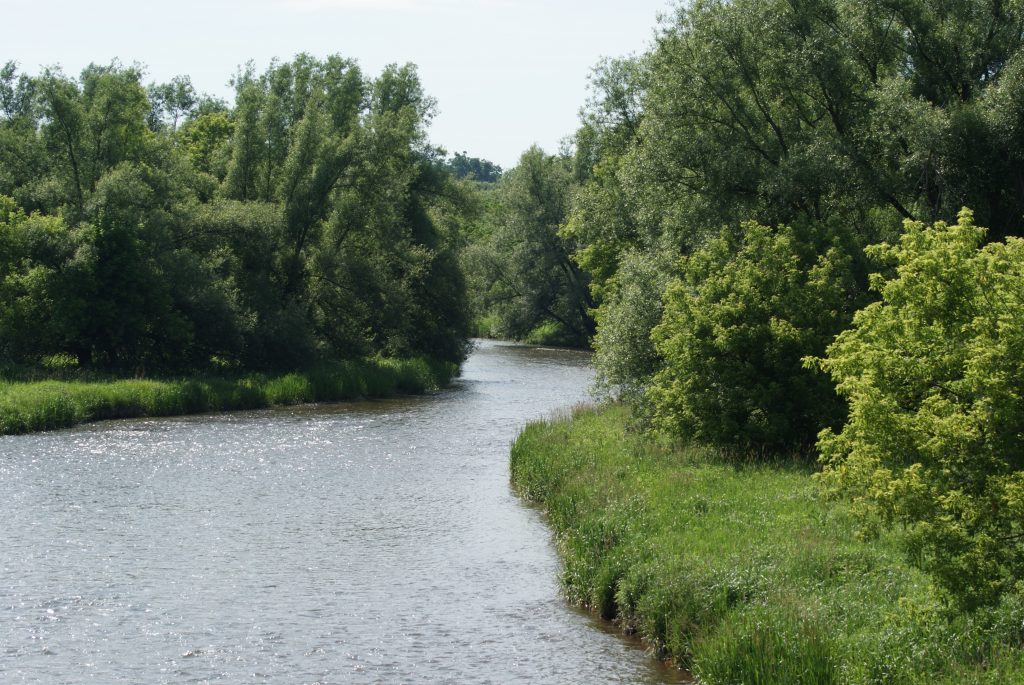It’s fall. And, Ontario’s forests are their most beautiful right now. So it’s especially poignant that an Ontario woodland is at risk.
Ontario’s progressive land-use policy framework was developed to stop development from occurring in inappropriate places like wetlands, forests or other environmentally sensitive lands. The Places to Grow Plan identifies where we can grow, within our existing towns and cities where infrastructure is already in place. And, the Greenbelt Plan tells us where development should not occur, on prime farm land, forests and wetlands. Yet, there are still a few cases where the threat of development in the Greenbelt exists.
One example is the Maple Lake Estates Development proposal on the southern shore of Lake Simcoe in Georgina. This proposal would see a mobile home park built in a provincially significant wetland and significant woodland. The developer would like to build a 1,000 home subdivision where the mobile park was approved. And that would mean paving over an Ontario forest and a provincially significant wetland.
A local group fighting the proposal, the North Gwillimbury Forest Alliance, a member of the Greenbelt Alliance believes the town should transfer the development approvals, the permission to develop new housing from the Maple Lake Estates wetland and significant woodland property to a more appropriate location so that homes are built in the Keswick urban area, which is zoned for development.
Jack Gibbons of The North Gwillimbury Forest Alliance says, “There are at least two options. The irresponsible path would be to build a sprawl development and in the process destroy a wetland and forested area in the Greenbelt. The better choice – both for taxpayers and for the environment, is to move the development to a property owned by the developer in the town of Keswick.”
The group is working to make sure that this development in located in an appropriate place to protect our forested areas, but also create healthy, liveable communities that don’t eat up important natural areas or undermine the Greenbelt.
We know from our work on the high cost of sprawl that this kind of development is costly. Local tax payers are made to pay the shortfall in development charges. The Town of Georgina estimates that it recovers only 43 per cent of the cost of accommodating greenfield (sprawl) development through development charges. The shortfall is recovered by raising property taxes of all taxpayers. In other words, existing residents in the Town of Georgina are subsidizing new homes built on farmlands and forest.
Our study, the high costs of sprawl looks at the consequences of sprawl for local tax payers. But it explored other impacts, including how sprawl increases time commuting, lowers municipal service levels and has health-related impacts. Sprawl costs us all in health-related costs due to poor air quality, obesity, and hypertension. When we build in inappropriate places like wetlands and forests we also lose their valuable ecosystem services, an estimated $2.3 billion per year of air and water filtration in the Greenbelt.
It is in the public interest to reduce these costs. While the Greenbelt and Places to Grow Act have reduced sprawl, we still need to find ways to address these external costs, such as making improvements to the Development Charges Act.
We are pleased to hear the citizens, the developer and all three levels of government, the Town of Georgina, the Region of York, and Ministry of Municipal Affairs and Housing are involved in trying to find the best solution in this case. Check out Save the North Gwillimbury Forest Alliance to find out more about this effort to protect the Greenbelt in York Region.







